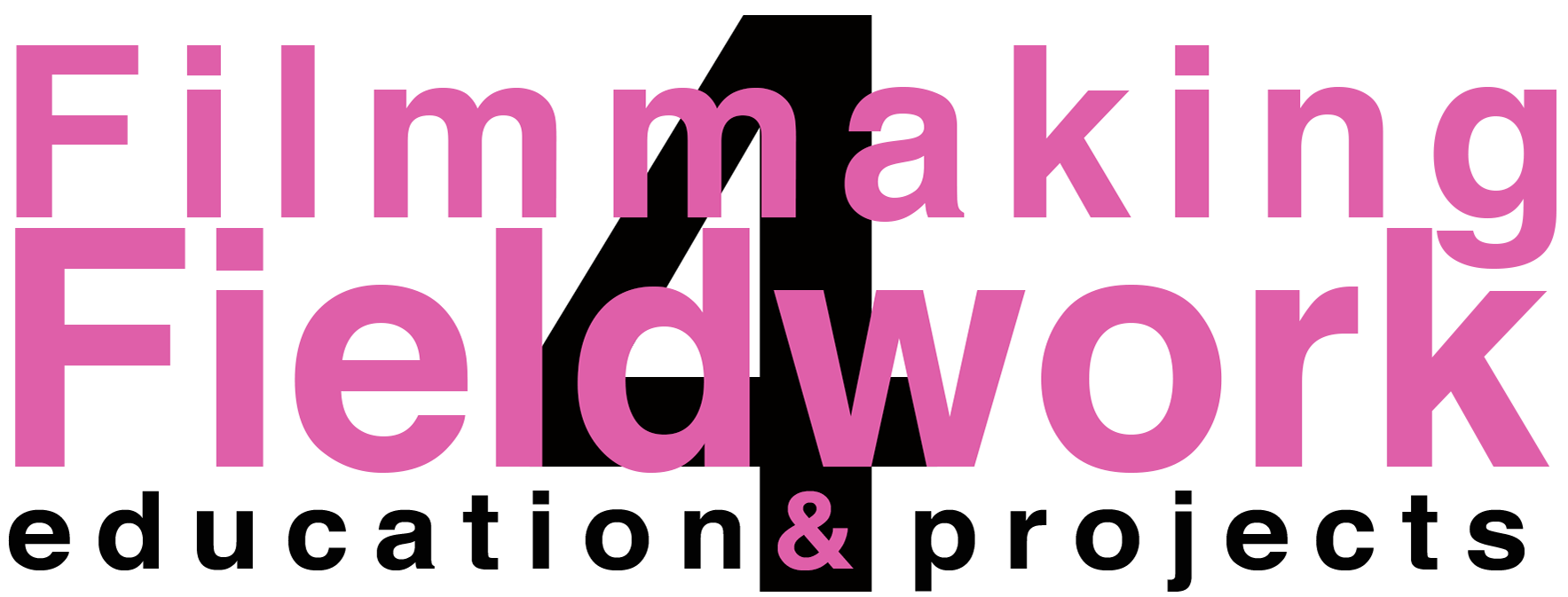Manchester University Press | available from all good booksellers
This book is designed to accompany filmmakers on location in the pocket of a camera bag. It is illustrated with more than 120 colour images and diagrams and written in an accessible and informative style. Its aim is to encourage exploration through practice and inspire the development of camera, sound and editing skills that can be applied to various modes of documentary and ethnographic storytelling.
Ethnographic documentary is long overdue for a contemporary guide to the field that takes into account the changes since the 1997 publication of 'Cross-Cultural Filmmaking' by Lucien Castaing-Taylor and Ilisa Barbash. This thoughtful and beautifully produced book provides a comprehensive overview that is both philosophical and practical, addressing questions that range from ethics and collaboration to shooting in field settings to digital technology, to foundational questions about the value of such work. The author is a talented and accomplished anthropologist and filmmaker, who even provides the ten commandments (for observational film!) to inspire ethnographic filmmakers - whether aspiring or accomplished - to reach the promised land of field-based documentary work, from pre-production to distribution.
Faye Ginsburg, David B. Kriser Professor of Anthropology, Director, Graduate Program in Culture & Media at NYU
Through Lawrence's articulate and comprehensive presentation, Filmmaking for Fieldwork becomes a sophisticated handbook that underscores the purpose, power, and techniques of ethnographic film--a timely and important contribution to visual anthropology and documentary film.
Paul Stoller, author of Adventures in Blogging: Public Anthropology and Popular Media.
Designed for researchers seeking new ways to explore their field and media professionals aiming to extend their practice, this filmmaking handbook shows you how to plug into issues at the intersection of documentary cinema and ethnography. Exploring the unique potential for filmmaking to describe lifeworlds and the role of video editing in generating new ideas about human experience, it offers practical and theoretical advice for those making their first films.
Based on over twenty years of teaching and industry experience, Filmmaking for fieldwork aims to inspire the development of core skills in camera use, sound recording and editing that can be applied to sensory, observational, participatory, reflexive and immersive modes of storytelling. Written for a multi-disciplinary audience, this book covers all stages necessary to produce a documentary film, from conception through to preparation, production, editing and distribution.
Table of Contents
About this book
Section 1: Why make a documentary film?
Technique
Describing human experience with filmmaking
Editing as an analytic tool
Practice: Processes, events and testimonies
Approach
Collaboration
Observation
Reflexivity
Expression
Ethics
Establishing good practice
Informed consent and other documents
Permissions and notices
Section 2: Preparation
Writing a film proposal
Selecting equipment
Camera types and terminology
Sound recording technology
Peripheral kit
Editing gear
Establishing control
Image format settings
Data storage
Operating a camera using manual functions
Connecting sound to the camera
Signal-to-noise ratio
Audio format and quality
Inputs, channels and tracks
Lighting
Natural
Artificial
Section 3: Recording
Fieldwork relationships
Approaching research participants
Image
Moving and positioning the camera
Composition and the ‘One Shot’ exercise
Shot types
Sound
Synchronous sound
Room tone and atmospheric sound
Unwanted sound
Microphone placement
Recording level and monitoring volume
Operating in key situations
Processes and events
Interviews, testimonies and conversations
Yourself and others
Planes, trains and automobiles
Guided tours and walking
Tables and desktops
Performances
Archive
Section 4: Editing
Preparing an edit
Media management
Log
Transcribe
Designing your film
Paper edit
Working title
10-word log line
Beginning an edit
Creating a new project and saving your work
Organising bins
Importing recorded material
The assembly cut
Rough cutting to find a story
Beginnings, endings and narrative arcs
Building scenes and bridges
Character development
Narrative signposting
Incorporating spoken words
Music
Technique and style
Feedback screening: understanding your work
Receiving editorial advice
Work-in-progress screenings
Title, inter-title, subtitle and credit
Fine cutting
Visual transitions
Colour and luma correction
Editing and mixing sound
Dual–mono or stereo
Track-laying
Adding sound
Dealing with unwanted sound
Audio transitions
Editing spoken words
Output levels, consistency and range
Mastering
Export and delivery
Artwork
Section 5: Distribution
Sharing your work
Returning a film to fieldwork participants
Online video platforms
Websites and social media
Writing about your work
Log-line and synopses
The accompanying statement
Film festivals and screening events
Publication
Peer review and journals
Distributors and video-on-demand
Afterword: The journey continues
Acknowledgements
Picture credits
Appendices
i. Kit list
ii. Forms
Personal release
Location agreement
Intellectual property rights
Participant information sheet
Informed consent
iii. Recommended viewing (including films cited)
iv. Further reading (including texts cited and journals specialising in audio-visual research)
Index
